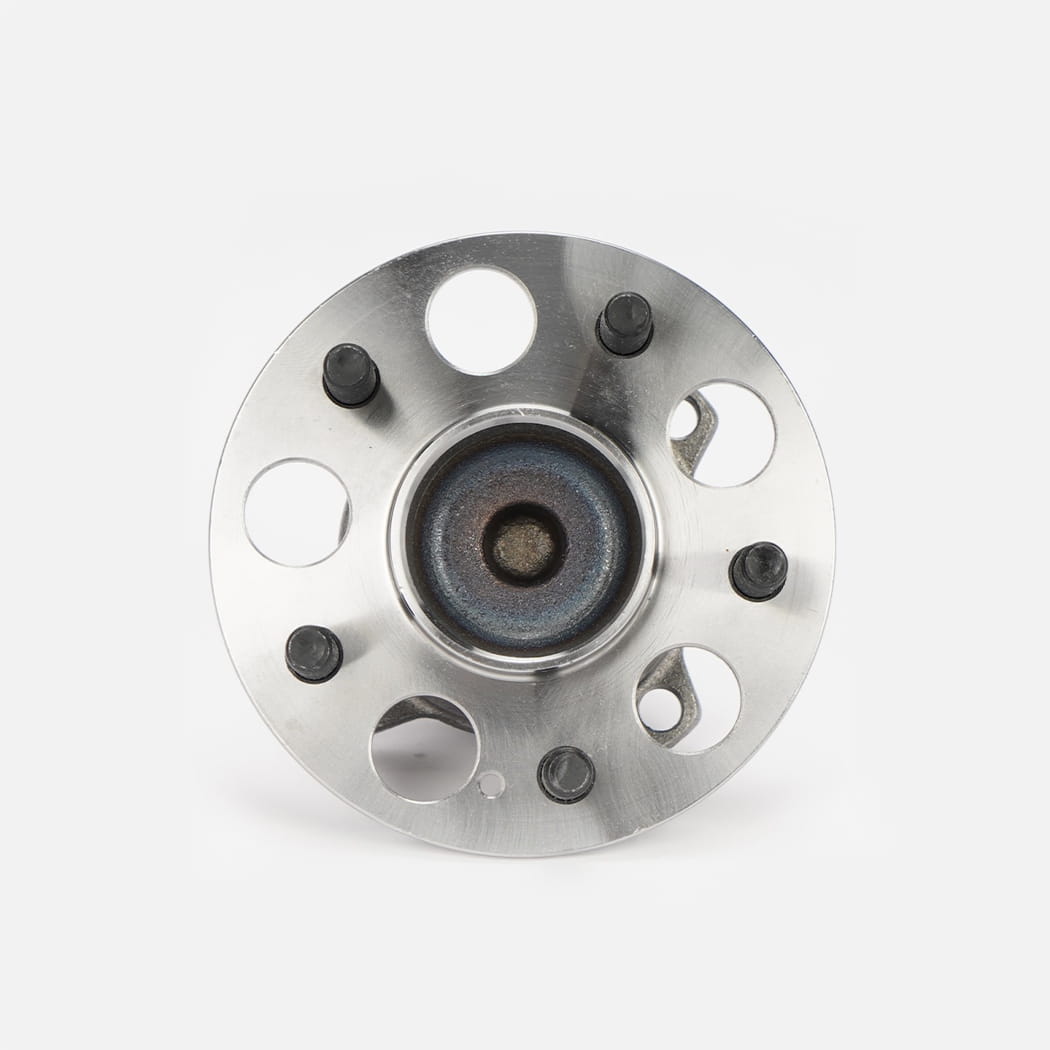Wheel bearings are a critical, yet often overlooked, component of your vehicle's suspension system. Far more than just simple metal rings, these precision-engineered parts are essential for the smooth, safe, and efficient operation of your car. Their primary function is to allow the wheel to rotate with minimal friction while supporting the weight of the vehicle.
At its most basic, a wheel bearing facilitates the free rotation of the wheel around the axle. Without them, the metal components of the wheel and axle would grind against each other, creating immense friction, heat, and eventually, catastrophic failure. Bearings achieve this by using a series of hardened steel balls or rollers, enclosed within races (inner and outer rings). These rolling elements distribute the load and minimize direct contact between the rotating and stationary parts.
Beyond just enabling rotation, Vehicle Wheel Bearings are designed to withstand significant forces. They bear the entire weight of your vehicle, along with any passengers and cargo. This load is constantly shifting, especially during turns, braking, and acceleration. The robust construction of modern wheel bearings allows them to handle these dynamic forces effectively, ensuring stability and control.
Proper wheel alignment is crucial for safe driving, even tire wear, and optimal fuel economy. Wheel bearings play a subtle but important role in maintaining this alignment. A worn or damaged bearing can introduce play or looseness into the wheel assembly, leading to changes in camber and toe angles. This can result in pulling to one side, uneven tire wear, and compromised handling.
Friction is the enemy of efficiency and longevity in mechanical systems. Wheel bearings are designed to dramatically reduce friction between the rotating wheel and the stationary axle or spindle. This reduction in friction not only allows for effortless wheel rotation but also prevents the build-up of excessive heat. Overheating can lead to material degradation, lubricant breakdown, and premature bearing failure.
While the fundamental purpose remains the same, there are generally two main types of wheel bearings used in modern vehicles:
Tapered Roller Bearings: These bearings use conical rollers and races, designed to handle both radial (perpendicular to the axle) and axial (parallel to the axle) loads. They are often found in pairs, adjusted for proper preload, and typically require regular greasing.
Ball Bearings: These use spherical balls as rolling elements. While some older designs were serviceable, most modern ball bearings are sealed, "maintenance-free" units, often integrated into a hub assembly. They are excellent at handling radial loads and some axial loads.
Recognizing the signs of a failing wheel bearing is crucial for preventing further damage and ensuring safety. Common symptoms include:
Humming, grinding, or growling noise: This noise often changes with vehicle speed and may be more pronounced when turning.
Loose steering or excessive play in the wheel: This can be felt as a wobbling sensation or imprecise steering.
Uneven tire wear: While many factors can cause uneven tire wear, a bad bearing can contribute to irregular patterns.
Vibration: A noticeable vibration that can be felt through the steering wheel, floor, or seat.
ABS light illumination: In vehicles equipped with ABS, a faulty wheel bearing can sometimes trigger the ABS warning light if the integrated speed sensor is affected.
In summary, car wheel bearings are unassuming yet indispensable components. They are the unsung heroes that enable your wheels to spin freely, support the weight of your car, maintain alignment, and minimize friction, all of which are vital for a safe and comfortable driving experience. Regular inspection and timely replacement are key to keeping your vehicle running smoothly and safely.
